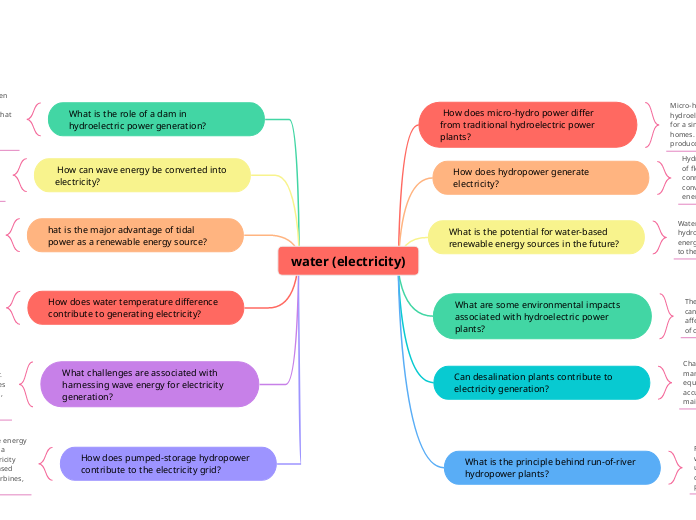arabera amel dahya 1 year ago
137
water (electricity)
Micro-hydro power systems are designed for smaller-scale electricity generation, typically serving a single community or a few homes by harnessing energy from small rivers or streams.

arabera amel dahya 1 year ago
137

Honelako gehiago